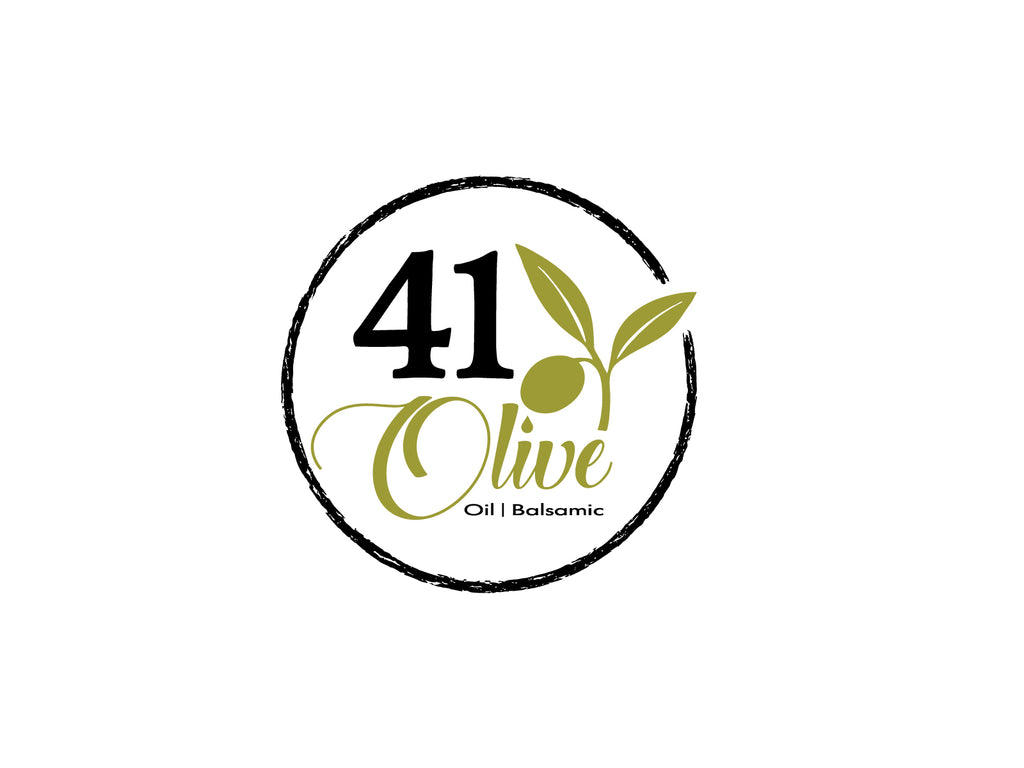Understanding the Difference Between Olive Oil and Extra-Virgin Olive Oil
Most recipes simply call for olive oil, and yet, unfortunately, the grocery store shelf offers an array of options, from extra-virgin to pure, and even light olive oil. But is there really a difference? And if so, what is it?
Olive Oil Is All About the Process
Speaking generally, "olive oil" is just the oil that's procured from the fruit of olive trees. That sounds pretty straightforward right?
But there are a variety of olive oil’s that are set apart not by the type of olive that's used, but the process used to extract the oil, as well as by the additives, and the oil's level of free oleic acid.
How Olive Oil Is Graded
Looking at a high percentage of olive oil and extra-virgin olive oils, we recommend that you pay close attention to the color of the extra-virgin olive oil and notice that it has a darker color, while regular olive oil has a lighter, brighter hue.
This color differential, however, varies from brand to brand, and it is quite deceptive most of the time. You can’t use color to clearly tell two grades of olive oil apart. Olive oils can vary immensely in taste and quality, and color is just one factor and not the distinguishing one.
Additionally, olive oil is graded by its level of acidity, or free oleic acid. Usually, the amount of free oleic acid in extra virgin olive oilindicates the degree to which fat has broken down into fatty acids.
Refined Olive Oil vs. Unrefined Olive Oil
Olive oil mainly falls into two unique categories: refined and unrefined. While unrefined oils are pure and untreated, refined oil is treated to remove flaws from the oil, making it a bit more sellable.
“Refined oils have little or no olive aroma, flavour, or colour (what they have gets there via blending in few percent of an extra-virgin oil). They also have no bitterness.
In contrast to unrefined extra-virgin olive oil, refined oils "lack the important antioxidants and anti-inflammatories that make extra-virgin oil so special." - Richard Gawel
The Quick Rundown On Extra-Virgin Olive Oil
Extra-virgin olive oil is an unrefined oil and the highest-quality olive oil you can get. There are very specific standards oil has to meet to receive the label "extra-virgin."
Due to the way extra-virgin olive oil is created, it typically retains more true of an olive taste, and has a lower level of oleic acid than other olive oil varieties. It also contains more of the natural vitamins and minerals found in olives.
Extra Virgin Olive Oil is considered an unrefined oil since it's not treated with chemicals or altered by temperature. What sets it apart is the low level of oleic acid and the lack of sensory flaws. It contains no more than 1% oleic acid and generally has a golden-green color, with a noticeable flavor and a light zesty finish.
While you can cook with extra-virgin olive oil, it does have a lower smoke point than many other traditional olive oils, which means it burns at a much lower temperature. Save the pricey exceptional quality olive oil for:
- Dipping bread
- Dressing
- Dips
- Cold Dishes
And use the less expensive olive oil for cooking and baking.
What You Need to Know About Virgin Olive Oil
Next in quality, as categorized by the standards of the International Olive Council, is virgin olive oil. It's made using a comparable process as extra-virgin olive oil and is also an unrefined oil, meaning chemicals or heat are not used to extract oil from the fruit. Virgin olive oil also maintains the purity and taste of the olive, though production standards are not as adamant.
According to the standards of the International Olive Council, Virgin Olive Oil has a slightly higher level of oleic acid. Furthermore, It also has a slightly less intense flavor than extra-virgin olive oil.
Virgin Oil is rarely found, if ever, however, in grocery stores; usually your choice will be between extra-virgin, regular, and light olive oils.
A Clearer Picture Of Pure Olive Oil
You may also recognize oil labeled as simply olive oil or pure olive oil — this is what most consider "regular" olive oil. This oil is generally a blend of Virgin Olive Oil and refined olive oil (heat and/or chemicals are used in the process of extracting oil and removing flaws from the fruit).
Pure olive oil is a lower-quality oil than extra-virgin or virgin olive oil, with a lighter color, more neutral flavor, and oleic acid measuring between 3-4%. This type of olive oil is an all-purpose cooking oil.
What Is Light Olive Oil?
This is the type of olive oil where the name may ignite some confusion. "Light" doesn't necessarily refer to this olive oil being lower in calories. Instead, it is a marketing lingo used to describe the olive oil's lighter flavor.
Additionally, light olive oil is a refined oil that has a neutral taste and a higher smoke point. It can be used for:
- Baking
- Sautéing
- Grilling
- And frying
Can They Be Alternated With One Another?
The simple answer is yes. If a recipe calls for olive oil, as a variety do, you can use extra-virgin or regular olive oil. It is completely up to you, and largely based on personal preference. Both extra-virgin and regular olive oil can be used in baking and cooking, but do keep in mind their differing smoke points.
As a rule of thumb, we suggest staying with the more flavorful extra-virgin olive oil for dipping bread, in dressings, dips, and dishes that will not be cooked, and for finishing, so that the flavor can glisten through.
